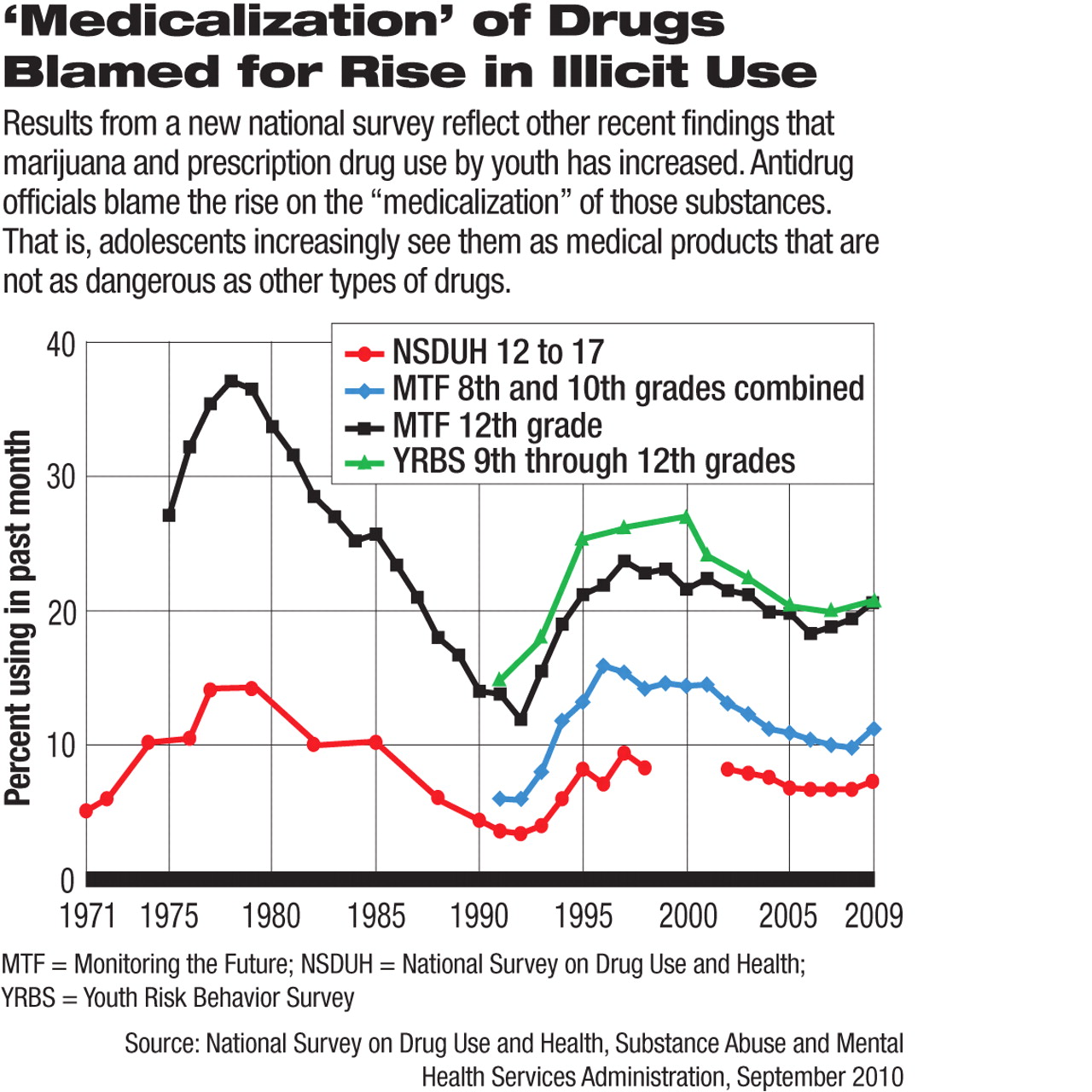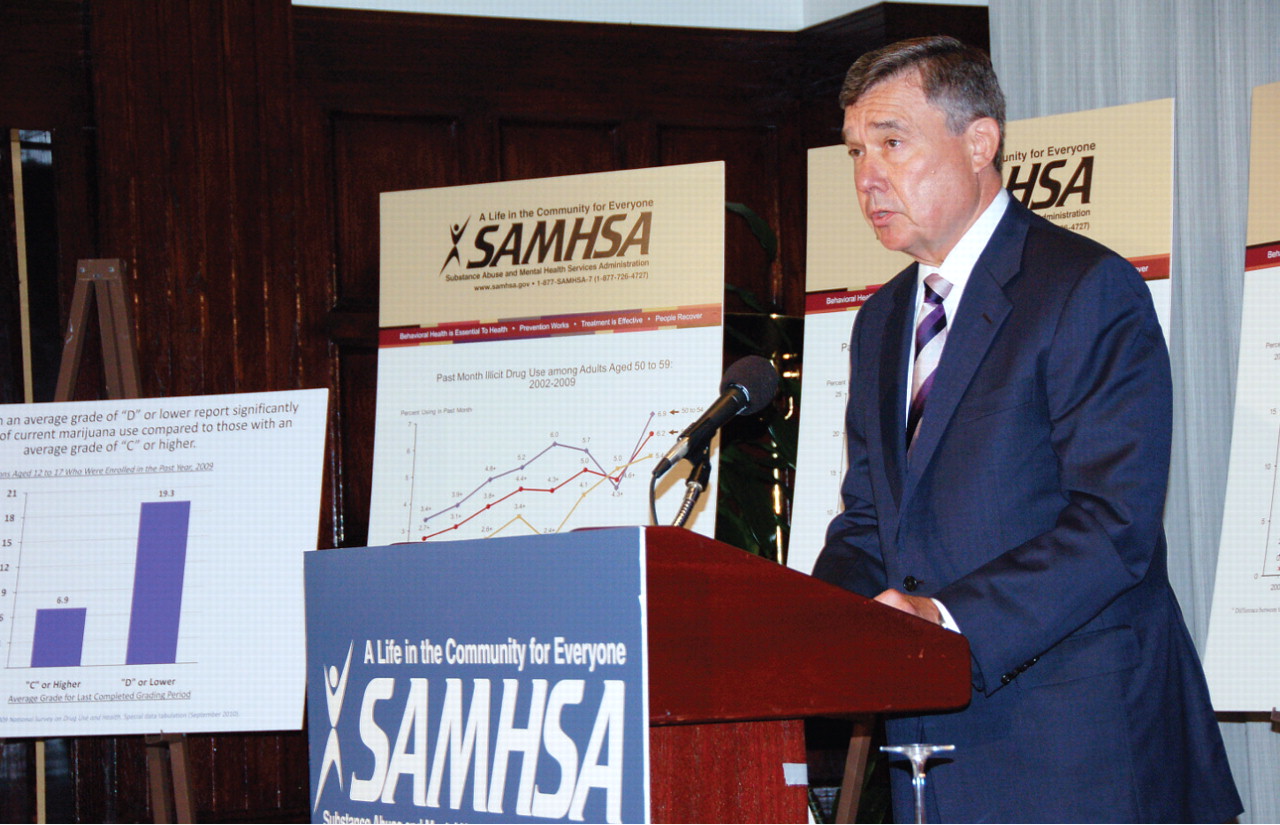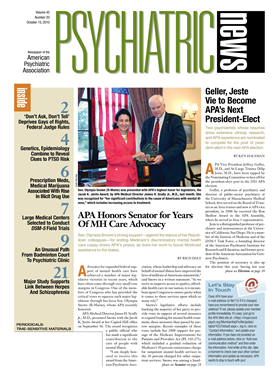The overall national rate of drug use increased from 2008 to 2009, and the two drug categories that accounted for most of that increase were prescription drugs and marijuana.
The overall rate of illicit drug use in the United States rose from 8 percent of the population over age 11 in 2008 to 8.7 percent one year later, according to the nation's most comprehensive annual substance use survey. Results of the National Survey on Drug Use and Health, conducted by the Substance Abuse and Mental Health Services Administration (SAMHSA), released on September 16, identified nonmedical uses of marijuana and prescription drugs as the key drivers of the increase.
For instance, 2.5 percent of the population used “psychotherapeutic” drugs for nonmedical purposes in 2008, but this figure grew to 2.8 percent in 2009. The vast majority of these drugs—defined in the report as all pain relievers, tranquilizers, stimulants, and sedatives—were originally prescribed to someone.
Federal antidrug officials identified the growing use of marijuana as a different but parallel problem. The survey found 6.1 percent of the population acknowledged using marijuana in 2008; 6.6 percent did so in 2009.
The growth in the use of these two drug categories stems at least in part from the public's view of them as intrinsically “medical” products and therefore relatively harmless, said Gil Kerlikowske, director of the Office of National Drug Control Policy, at a press conference in September addressing the new data.
To illustrate this point, particularly about changing attitudes toward marijuana use, drug-control advocates noted that 14 states have legalized medical marijuana, and eight are considering such measures in their legislatures or on their November election ballots.
“There's clearly a movement to medicalize pot,” agreed Stevan Gressitt, M.D., founding director of the Maine Institute for Safe Medicine at the University of New England, in an interview with Psychiatric News. “The voters have said that.”
Medical Use of Marijuana
Also, 81 percent of Americans support legalizing marijuana for medical use, according to an ABC News/Washington Post national poll released earlier this year. It's a view not generally supported by medical groups and policymakers.
“Associating marijuana with medicine sends the wrong message,” said Kerlikowske.
Similar misconceptions apply to prescribed medicine.
“Young people think that if it's in the medicine cabinet, then it can't be bad for you,” said Kerlikowske.
The number of youth who said they used marijuana in the month prior to the survey increased from 15.2 million in 2008 to 16.7 million in 2009, he noted.
The increasing number of people misusing marijuana is not yet reflected in abuse or addiction rates. For instance, 4.3 million people were classified as dependent on or abusers of marijuana or hashish in both 2002 and 2009. However, addiction to prescription medications has increased, from 1.5 million in 2002 to 1.9 million in 2009.
Physicians' Roles Changing
The latest data indicate that a previously identified source of prescription drugs for many people who abuse them—multiple prescriptions from different physicians obtained by addicted people who “doctor shop”—may be less of a concern than a new source of such drugs. The survey found that more than half of those who said they abused prescription painkillers, which included but was not limited to people addicted to them, obtained such drugs from a relative or friend, and 80 percent of that group said that the medication was originally prescribed to their relative or friend by a single physician.
H. Westley Clark, M.D., M.P.H., director of the Center for Substance Abuse Treatment at SAMHSA, told Psychiatric News that the data suggest that physicians should focus less on screening for patients who are doctor shopping than on educating their patients to dispose of their unneeded prescription medications properly. Clark called this a “very important” step that physicians need to take.
Gressitt agreed that the misuse of prescription medications is a growing problem driven mainly by an older population who requires more powerful medications and the greater prevalence of 90-day prescriptions.
“That may lead to an oversupply” of prescription medications in circulation, Gressitt said.
Congress has begun to advance legislation to encourage prescription-drug disposal programs, including a bill (S 3397) passed by the Senate in August that would authorize state and local disposal programs to accept controlled substances. Similar legislation (HR 5809) passed the House in September. Supporters of the legislation said it was needed because many people have had few disposal options since federal law disallows turning in controlled substances to state or private disposal programs (Psychiatric News, September 3).
Despite a lack of specific legal authority to do so, many prescription-drug takeback programs already accept such controlled substances, Clark said.


